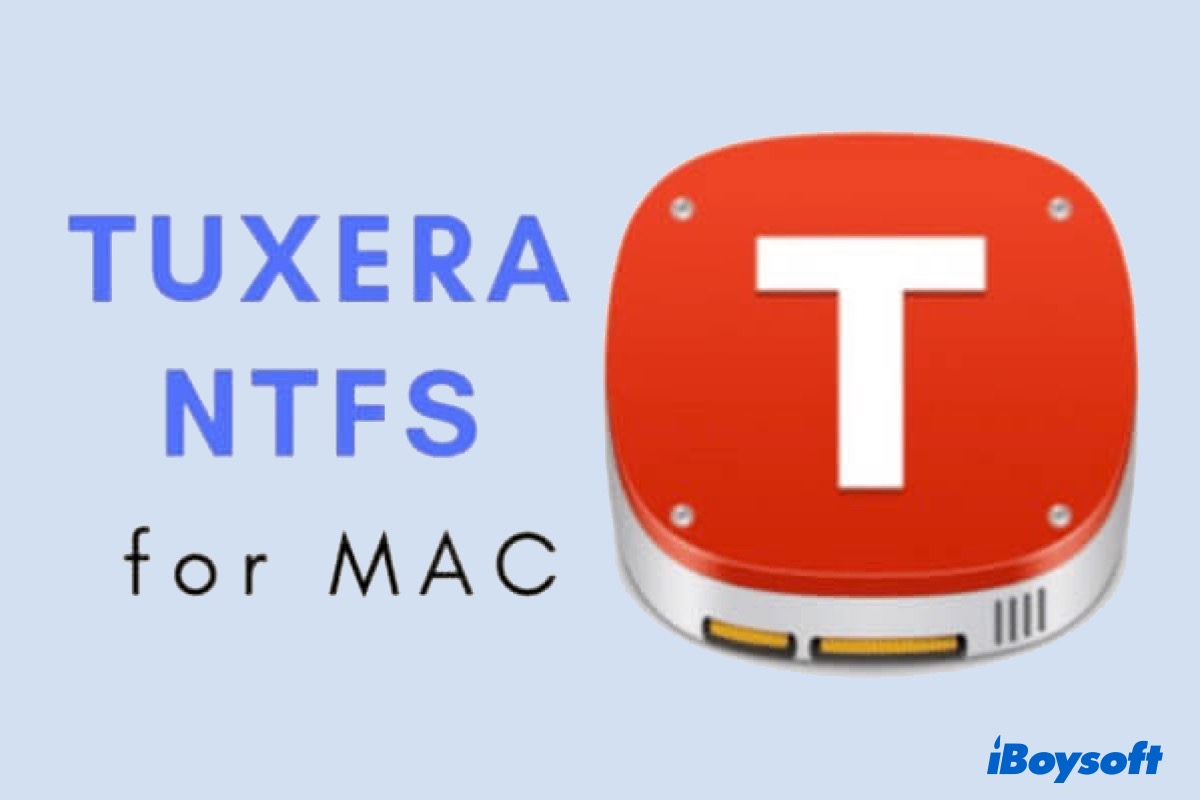
Tuxera FAT has a small footprint (40-60KB for read-write 25-35KB for read-only), takes little CPU usage, and runs on devices with at least 1MB RAM, and a CPU clocked at 25MHz or greater. Customization and maintenance available.FAT chain, directory entry, and FAT + continuous info Supports 512 bytes and higher sector sizes.Active caching, advanced algorithms, and data structures optimized for maximum IO on both small and large files, plus high IOPS.No practical limits in number of files, folders, file sizes, and partition sizes.Low-power use optimized for increased battery life.Supports all Microsoft FAT versions and SD specs, including Windows XP, Vista, 7, and 8.Media Types – USB, Flash, SD/SDHC/MMC, HDD.Architectures – ARM, x86, MIPS, PowerPC, SH and other architectures.OS Support – Android, Linux, Chrome OS, Firefox OS, and Tizen.They probably took the platforms with the greatest performance differential they could find in order to promote their solutions, but it’s still impressive there are able to reach those kind of speed on ARM-based systems by just changing the file system.įeatures and benefits for Tuxera FAT include: Using a system powered by Qualcomm Snapdran S4 combined with an high performance SD card (UHS-1 = Ultra High Speed 1) shows again massive performance improvement of Tuxera file systems. Qualcomm Snapdragon S4 Quad-core ARM processor with 2 GB RAM and Sandisk UHS-1 64 GB SDXC.NTFS-3G is a different beast as it uses fuse, a user-space driver, that may make it more dependent on the processor and ram performance. As a side note, I also evaluated 2 embedded systems based on the same low-end CPU: one using NTFS-3G, and the other Tuxera NTFS back in 2010, and there’s was a massive performance difference at the time. The write speed of Tuxera exFAT and FAT appears to clearly outperform even ext-4 in this particular system. Marvell 6192 800 MHz with 512 MB RAM and a 120 GB Corsair Force GT SSD (SATA 3).

They’ve benchmarked different file systems including Tuxera FAT Embedded with different I/O buffer sizes on two embedded hardware: Beside providing better performance, it also includes features such as fail-safe operation, and lower power consumption. The company claims their commercial solution delivers much faster data transfers than competing FAT implementations. Tuxera has announced their “FAT Embedded” implementation of the FAT file system specifically optimized for embedded Linux and Android.


 0 kommentar(er)
0 kommentar(er)
